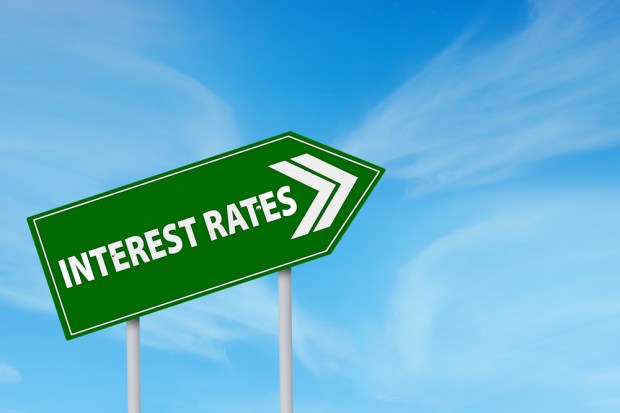Looking Past Jobs And At Interest Rate Hikes (Sooner Rather Than Later?)

What to make of the jobs and wages data that, newly in the rearview mirror, are harbingers, or not, of things to come on the employment front?
To recap, the March jobs report was glaring as a miss versus consensus, at a 98,000 gain, below the triple-digit tally that had been expected.
Yet the jobless rate, which was estimated through two separate surveys from the Labor Department, showed up at a respectable 4.5 percent, plumbing lows not seen since the financial crisis. This may be more important in sussing out where employment is headed and by extension where interest rates are headed — and will the Fed be in lockstep, or in lag step, or leading from the front?
Put aside the impact of the weather, which used to be the thing that retailers cited as being a hazard to earnings and results. Remember that storm, unseasonable as it was? That dragged down some hiring, possibly.
A blip is a blip. The fact remains that interest rates are on the path to get a boost, and the labor market is still tight. This latter point was just made earlier in the week when hiring data came out.
Job openings, said the Labor Department, are at a seven-month high, as hiring was down a bit. Openings were up 118,000 positions to a seasonally adjusted 5.7 million, with a job openings rate of 3.8 percent, up a bit from the 3.7 percent seen earlier in the year.
Against this backdrop, wages are on the upswing, with the latest hourly pace jumping by a nickel in the latest month. The unemployment rate is at a decade low at 4.5 percent, and essentially companies are jostling and jousting for talent.
The jousting means that wages are likely to keep growing, at this leads to inflation. After all, how else to cover the operating cost of doing business and keeping staff on hand? The average hourly earnings boost is one that is on track to be 2.7 percent, annualized, rather modest. But the eyes are on rate hikes — less on how much than on when.
Janet Yellen has already stated that the goal will be to let what is a healthy economy (that’s really the only word for it) sustain itself, as she said in remarks made earlier this week in Michigan, without getting overheated (via inflation, again). The statement that inflation is “reasonably close” to the Fed’s stated 2 percent threshold may signal a hike sooner rather than later, especially as the Fed wants to be vigilant about not raising rates “too rapidly,” which implies chasing that growth. The when might be sooner rather than later.